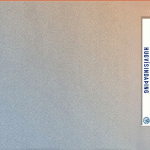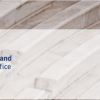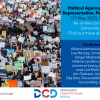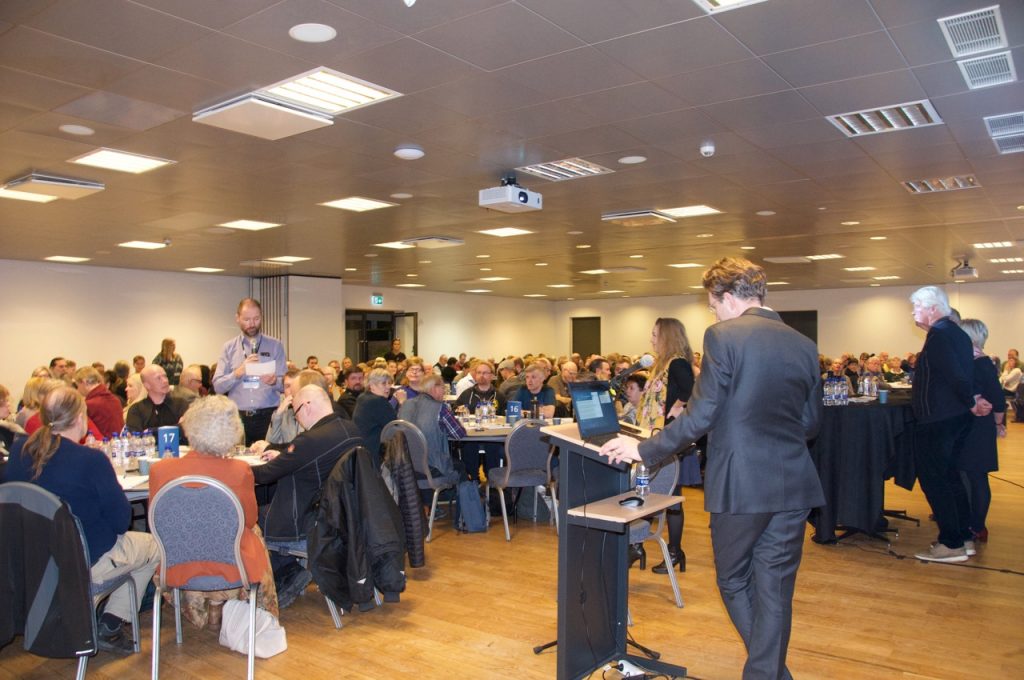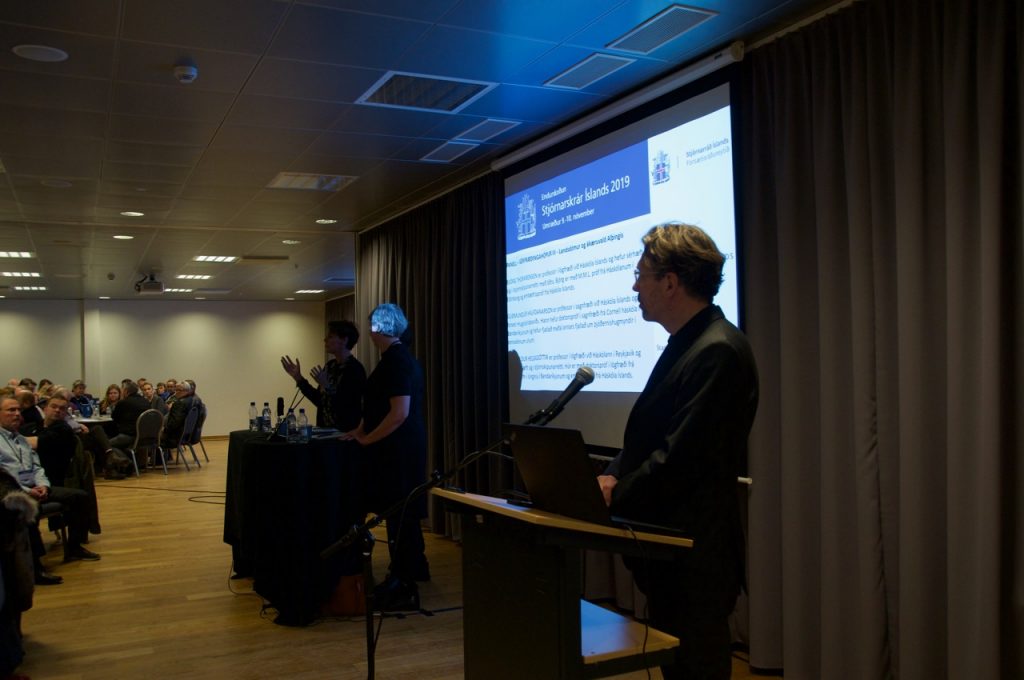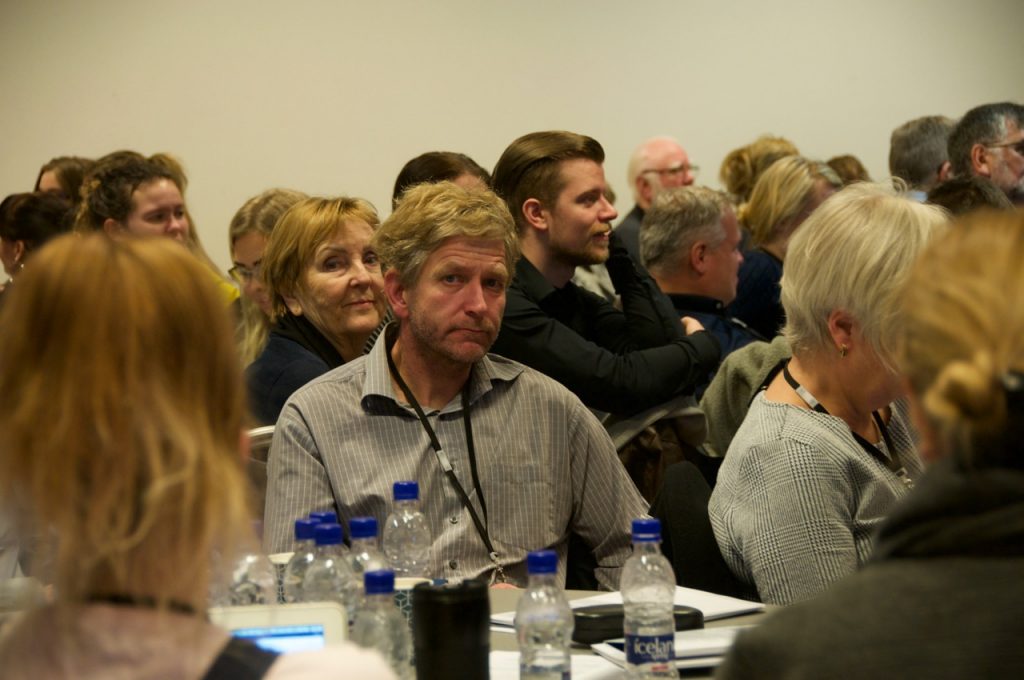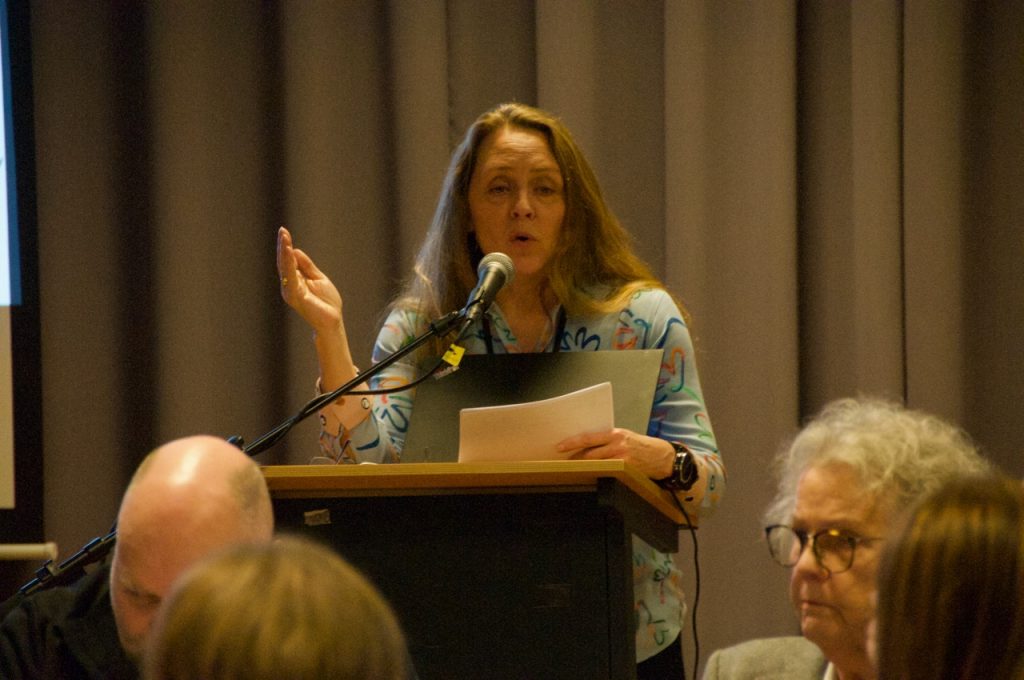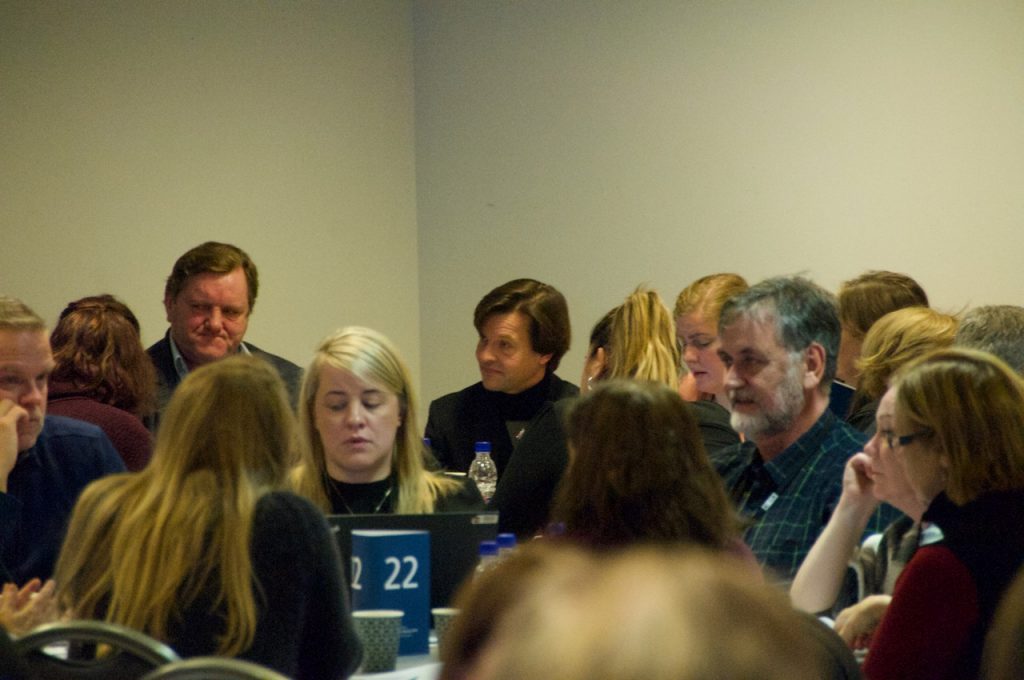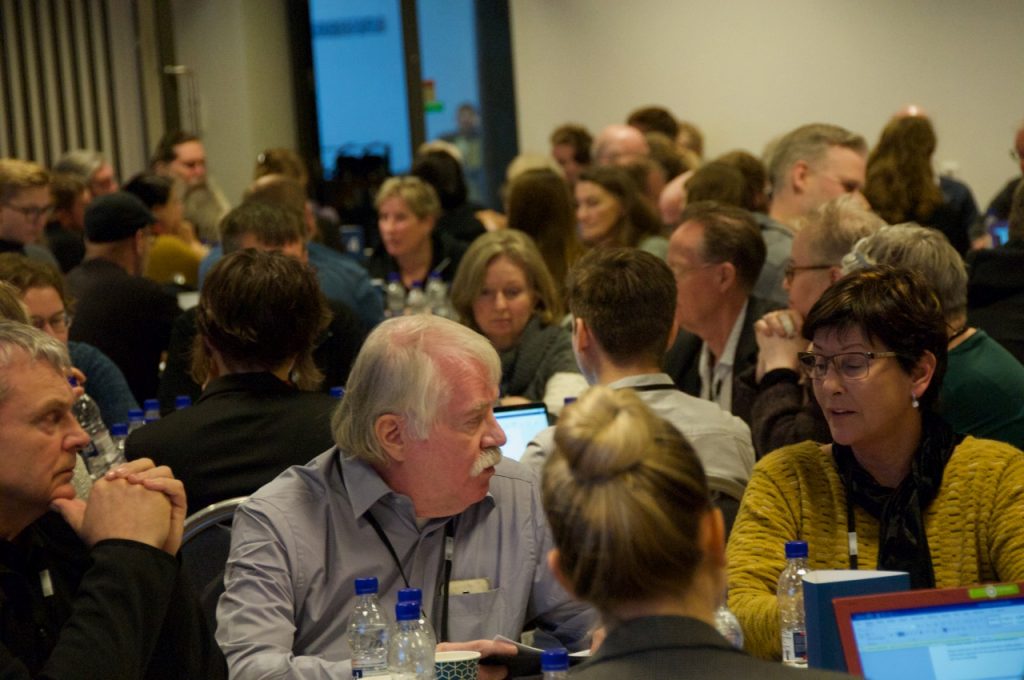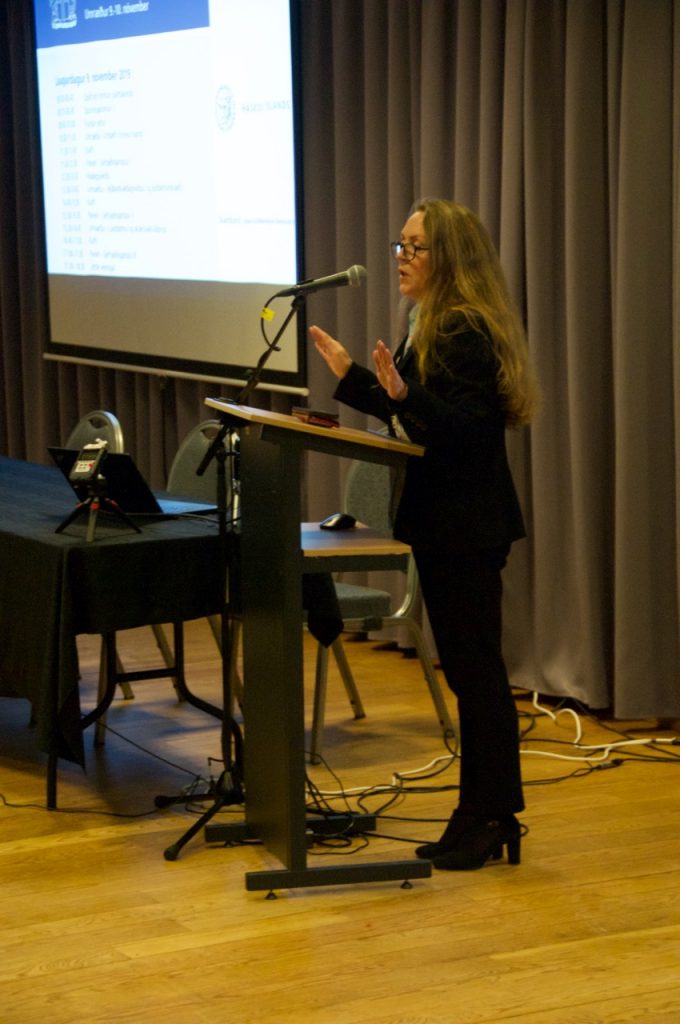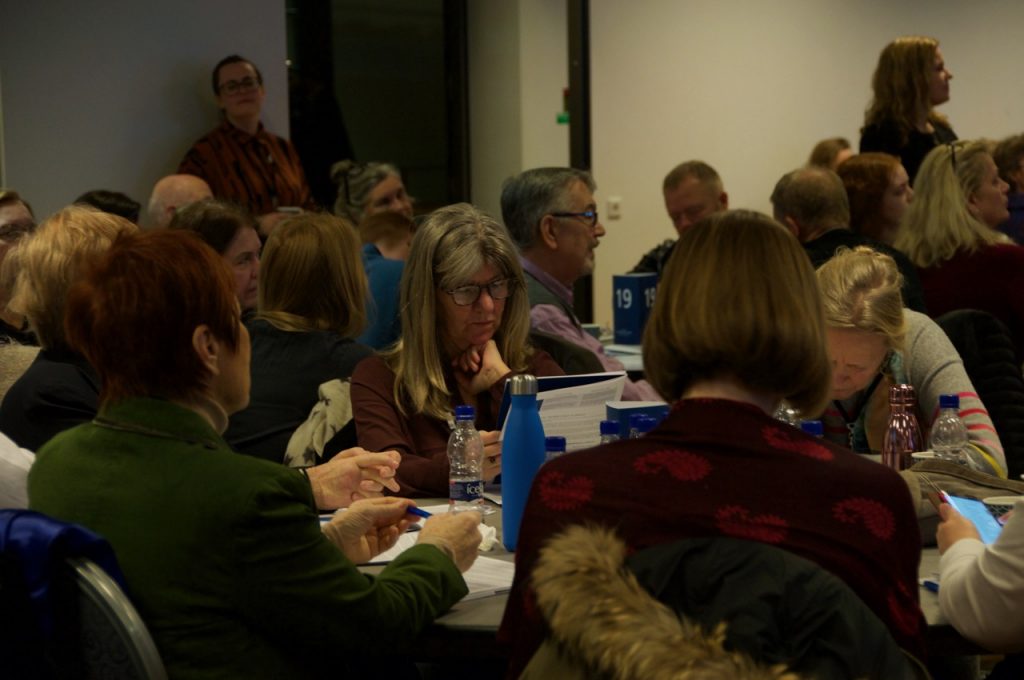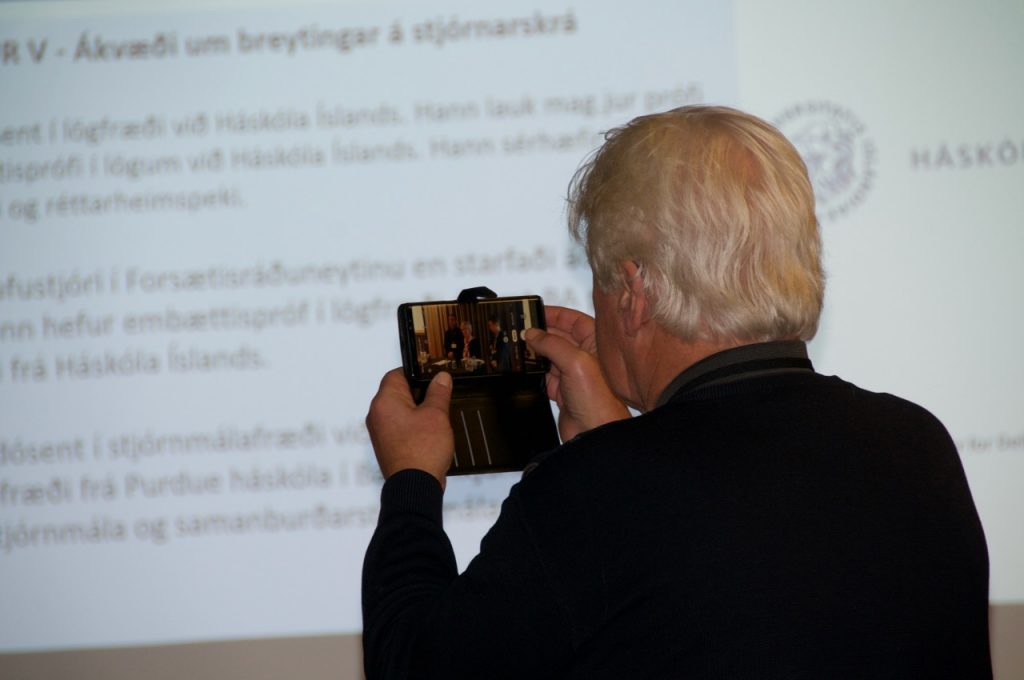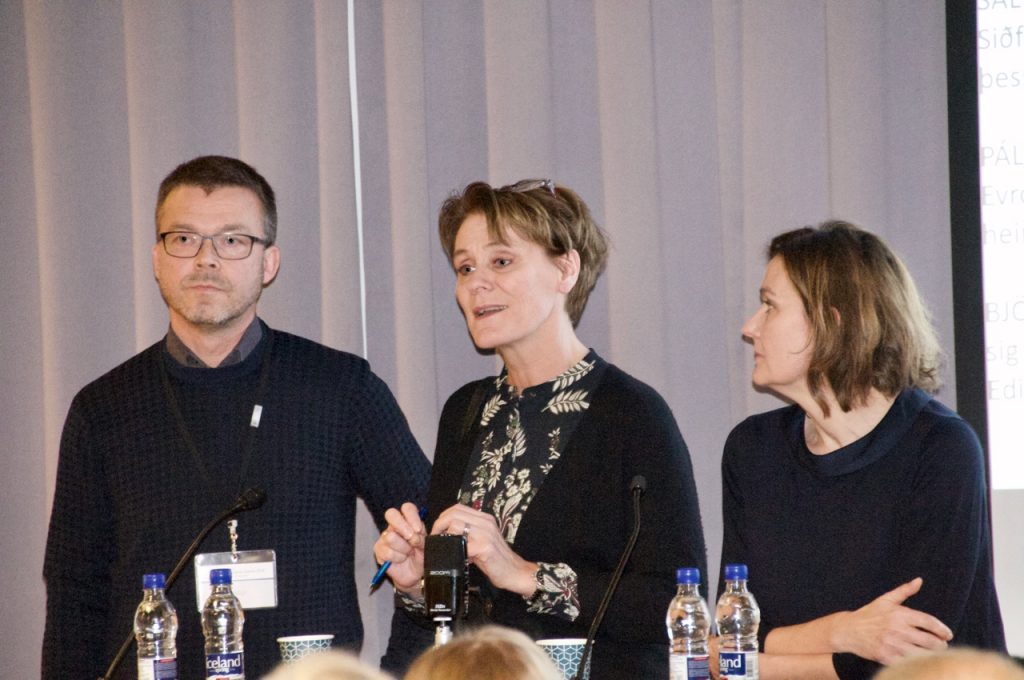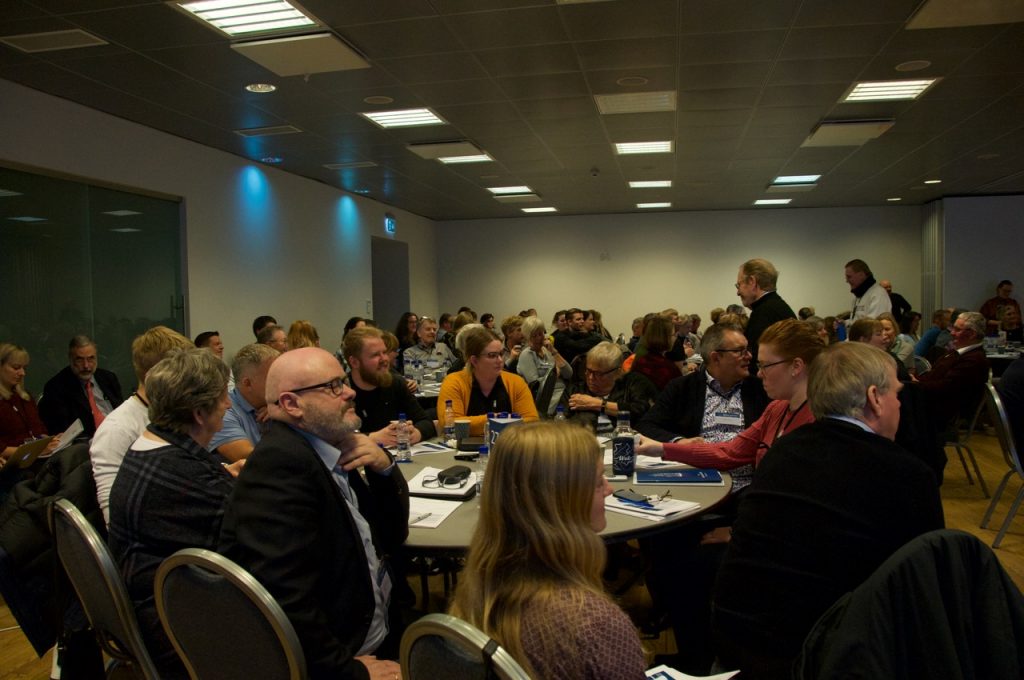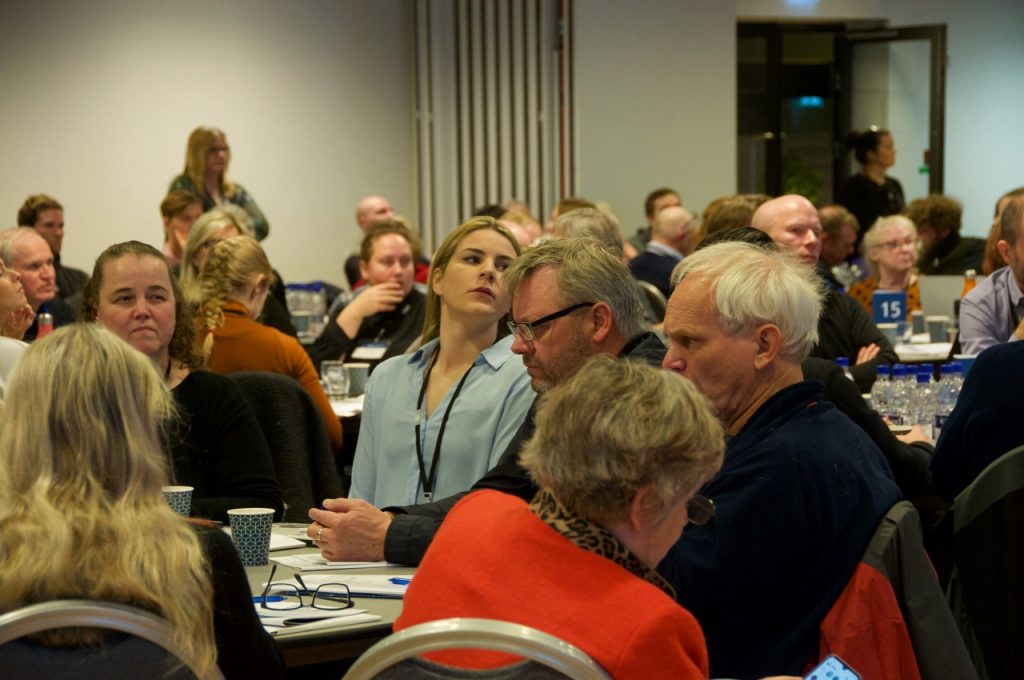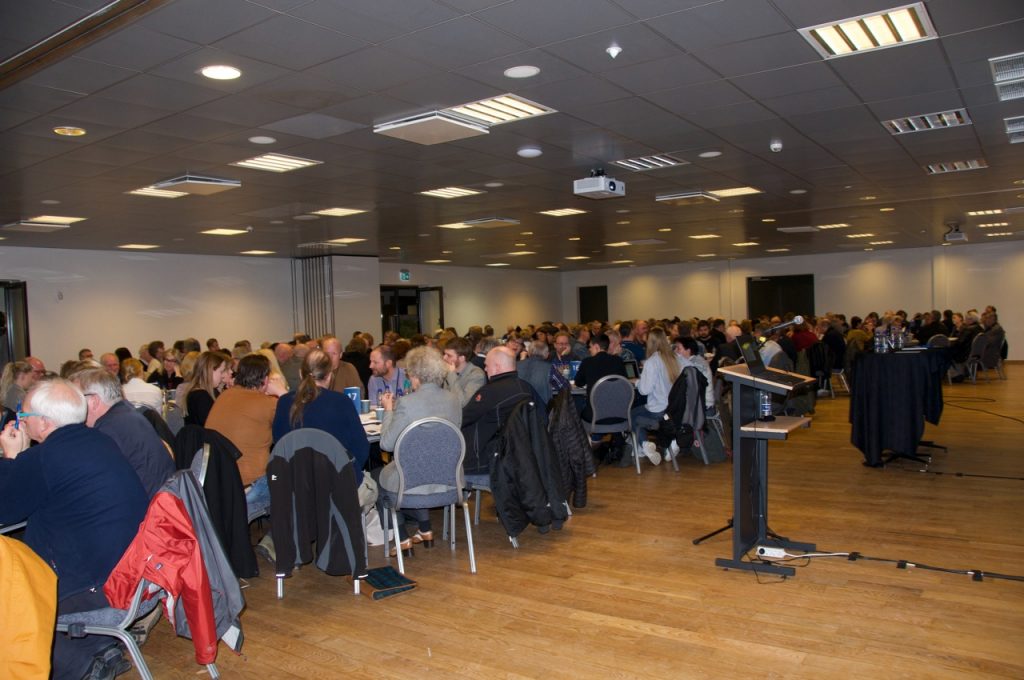Constitutional Assembly elections were held in Iceland on 27 November 2010 using STV-PR under the Weighted Inclusive Gregory Method. 522 people stood in the election, more than double the most optimistic estimates.
The Ministry of Justice and Human Rights had introductions of the candidates for the Constitutional Assembly on the webpage: www.kosning.is The Ministry also published a brochure with information about the candidates and the elections which was distributed to all homes in the country. The candidates could also post introductions about themselves on the webpages: dv.is, svipan.is, wikipedia.com and on facebook.com/stjornlagathing. RUV – The Icelandic National Broadcasting Service broadcasted over 50 radio shows where the candidates introduced themselves .
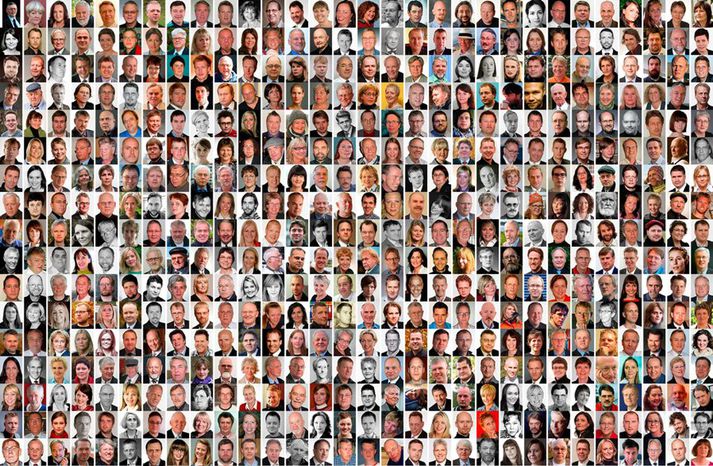
The elections for the Constitutional Assembly took place on 27 November 2010. Various novelties, such as the STV election system were used for the first time in Iceland, the candidates were elected as individuals and the country was one constituency. The results of the elections were known on 30 November 2010 and 25 delegates were elected, 15 men and 10 women who received their credentials on 2 December 2010. A total of 83,531 people took part in the elections which was 35.95% participation.
Three individuals complained about the election to the Supreme Court of Iceland that ruled that the Constitutional Assembly election invalid, on the basis of that some aspects of its execution were not strictly in accordance with elections laws.
The Supreme Court agreed with most of the claimants’ arguments. The invalidation of the election was based on six items (see below). The Constitutional Assembly election differed from conventional elections in Iceland to various extents. Persons were elected instead of parties and 522 candidates were in the running, as the Supreme Court mentioned in its ruling. Each candidate was provided with an identification number which was written on the ballot instead of names, people could vote for one candidate or as many as 25 and the ballots were scanned and counted electronically.
1. Traceable ballots: Ballots were numbered and distributed to polling stations in sequence and after the election they could be traced back to each polling station. Voters were handed ballots in a numerical order. At polling stations voters were registered in the order in which they arrived. These two items made it possible to trace each ballot back to individual voters which violates the clause on election secrecy.
2. Unacceptable polling booths: The 60-centimeter high cardboard panels which separated voters didn’t fulfill the legal definition of polling booths and didn’t sufficiently eliminate the possibility that people could see other people’s ballots.
3. Ballots couldn’t be folded: In the general election law, to which the law on the Constitutional Assembly refers, it says that voters should fold the ballot to guarantee secrecy. This was not addressed in the law on the Constitutional Assembly.
4. Open ballot boxes: The ballot boxes didn’t fulfill the legal requirement that they should be locked. They could also have been taken apart and the ballots examined before counting, which reduced the safety and secrecy.
5. Closed counting: According to law, the National Electoral Commission should have permitted access to the counting station provided there was enough space and order was maintained. It decided not to do so.
6. No representative of candidates present during counting: According to law, political parties are generally supposed to have two representatives present while ballots are counted. That did not apply in the Constitutional Assembly election and the reason being that this access is generally granted to representative of each political party and this was an election not between parties but 522 individuals.
However, the Supreme Court finds that the National Electoral Commission should have taken into account a different clause in the general election law stating that if representatives are not present, trusted people from the same political organization should preserve the organization’s rights if possible.
The Supreme Court finds this especially important considering that there was doubt on how to interpret the handwriting on 13-15 percent of ballots. Dr. James Gilmour, a representative of the Ministry for Internal Affairs, monitored the counting but the Supreme Court found his presence to be insufficient.
Parliament began deliberations the same day the Supreme Court ruled on the matter to deliberate on whether or how to continue the process. It was decided on 25 February 2011 that the elected assembly members would be appointed by Parliament to a Constitutional Council—a committiee—which would basically perform the role intended for the the Constitutional Assembley.
A resolution passed which appointed all delegates that had been elected (only one delegate declined the position and was replaced with the next candidate in line).
